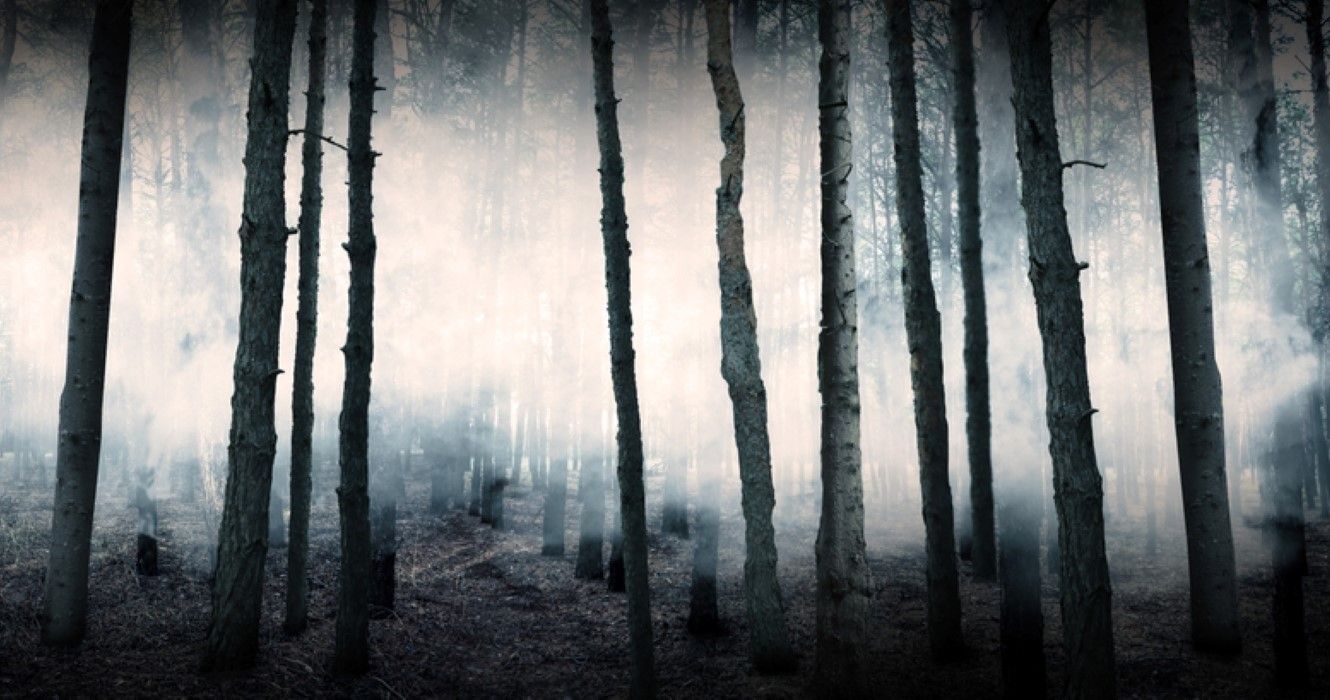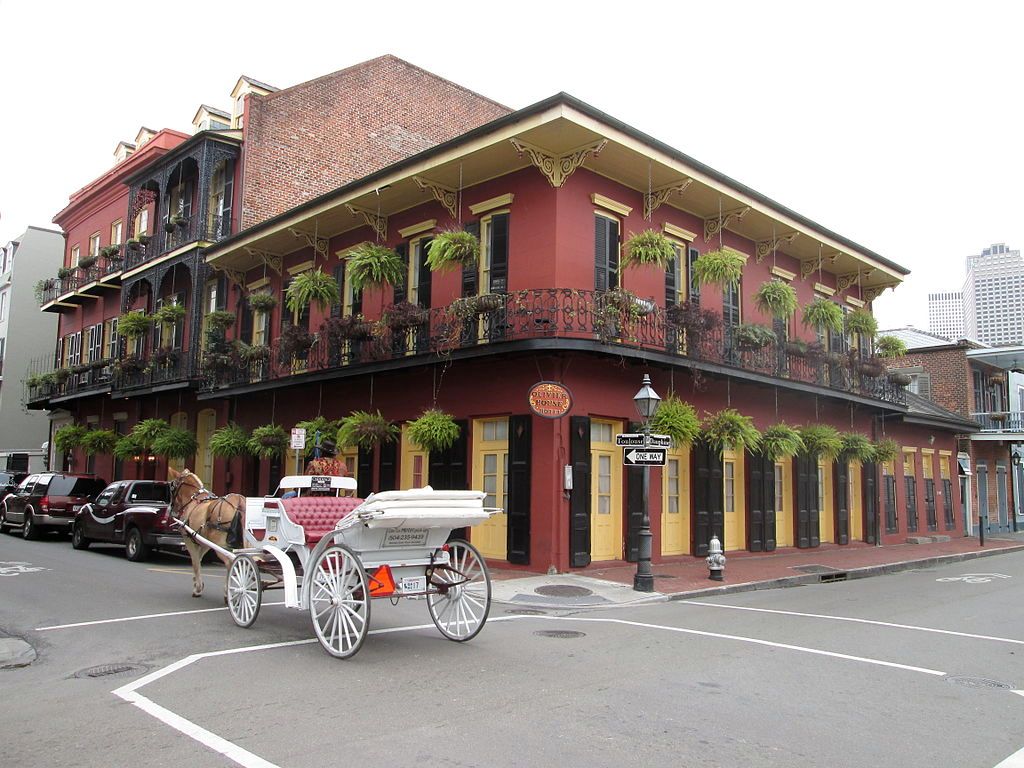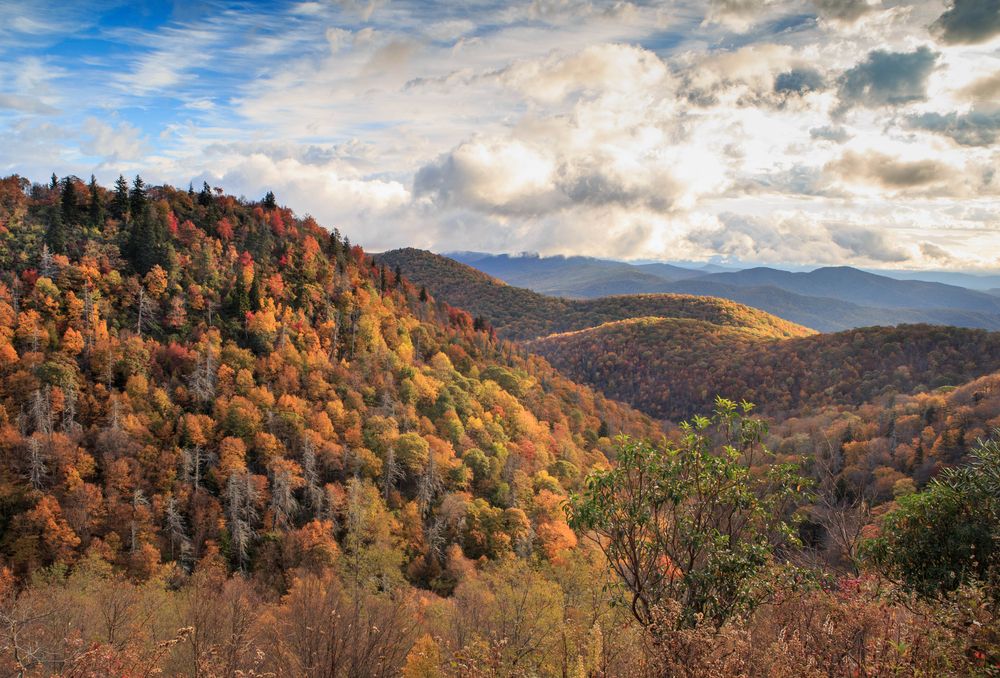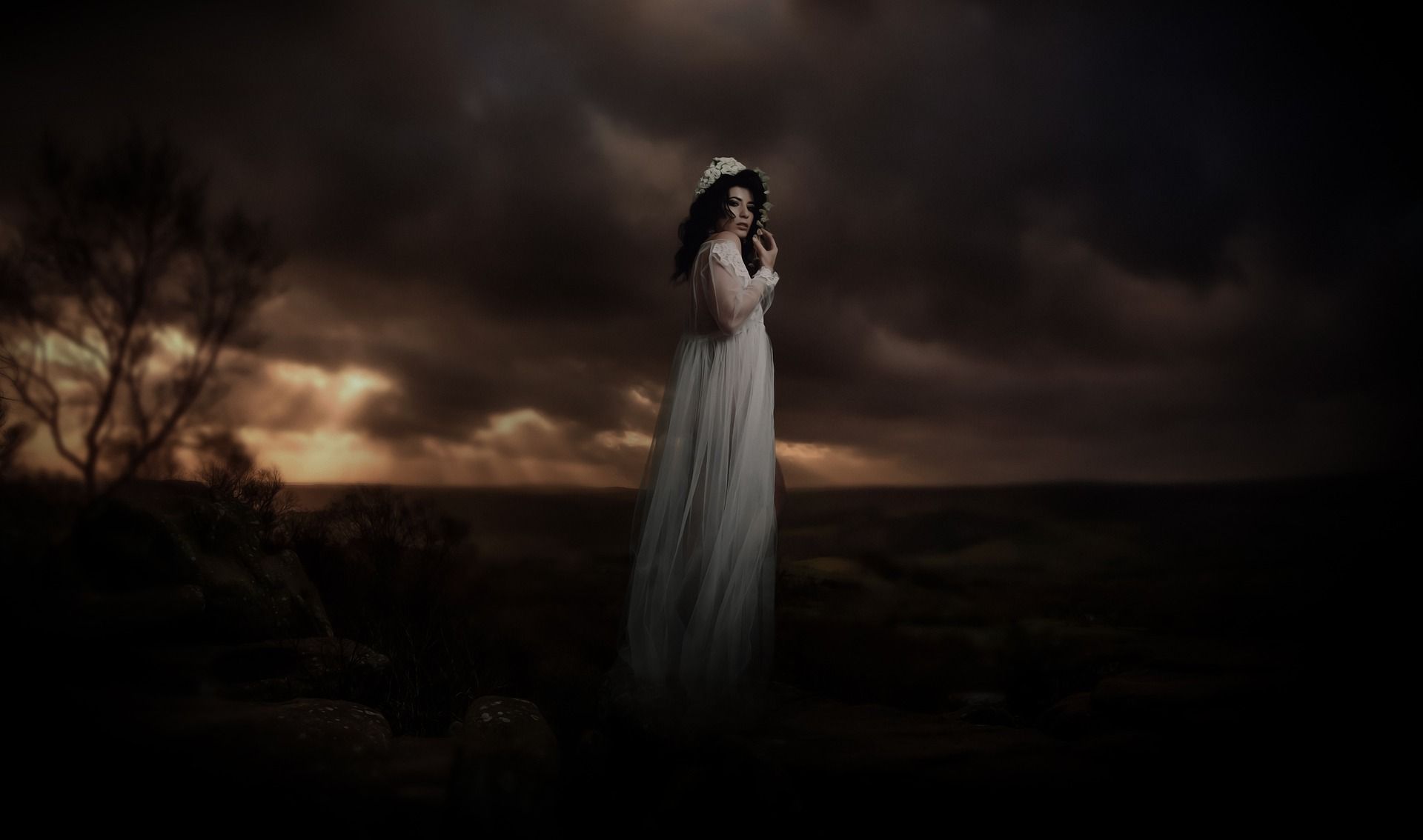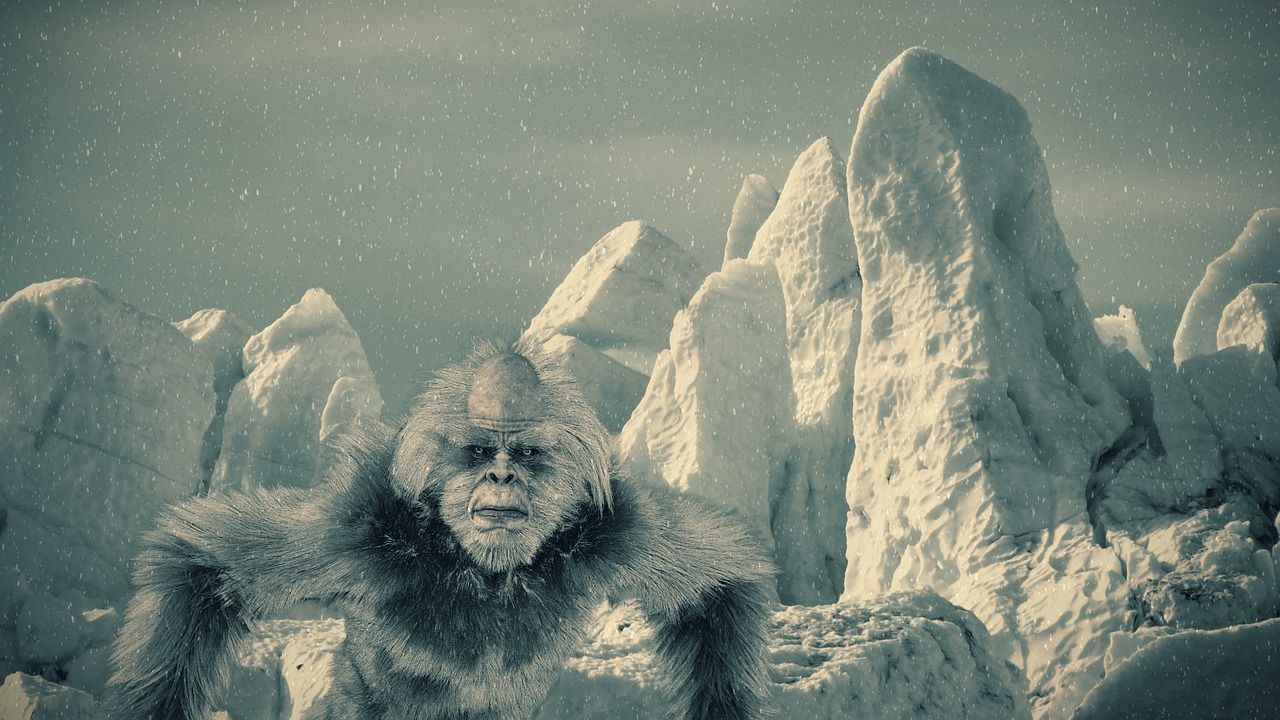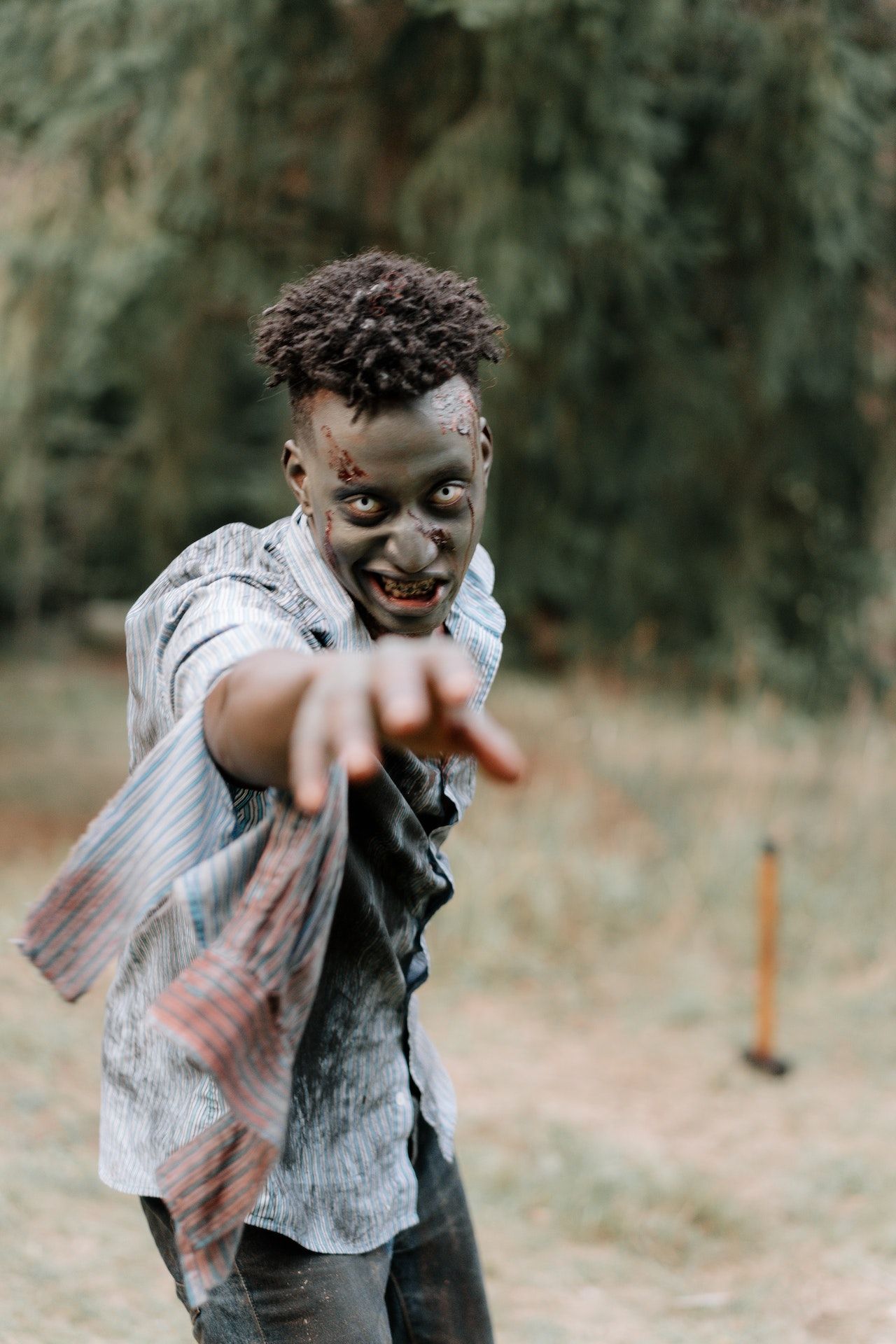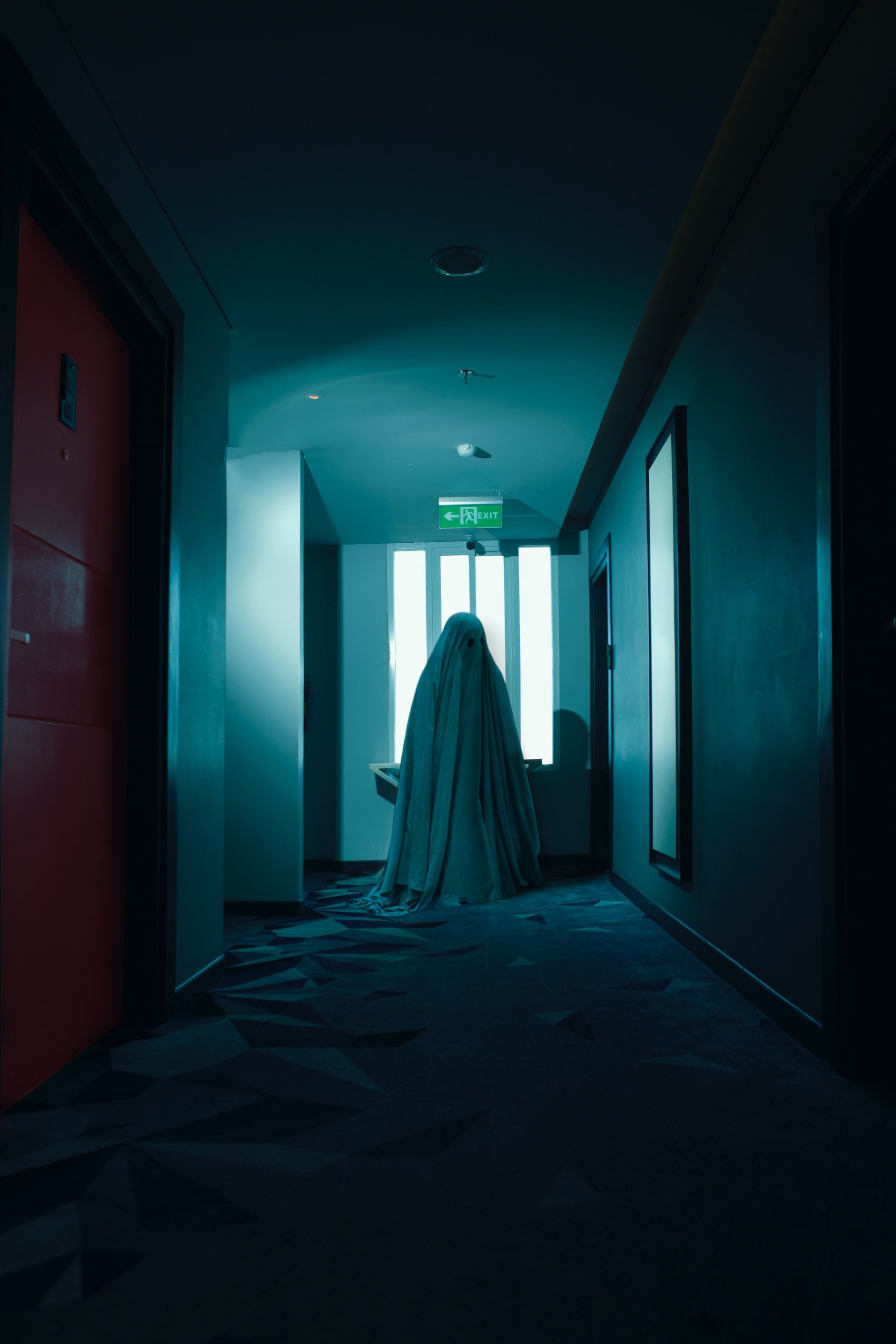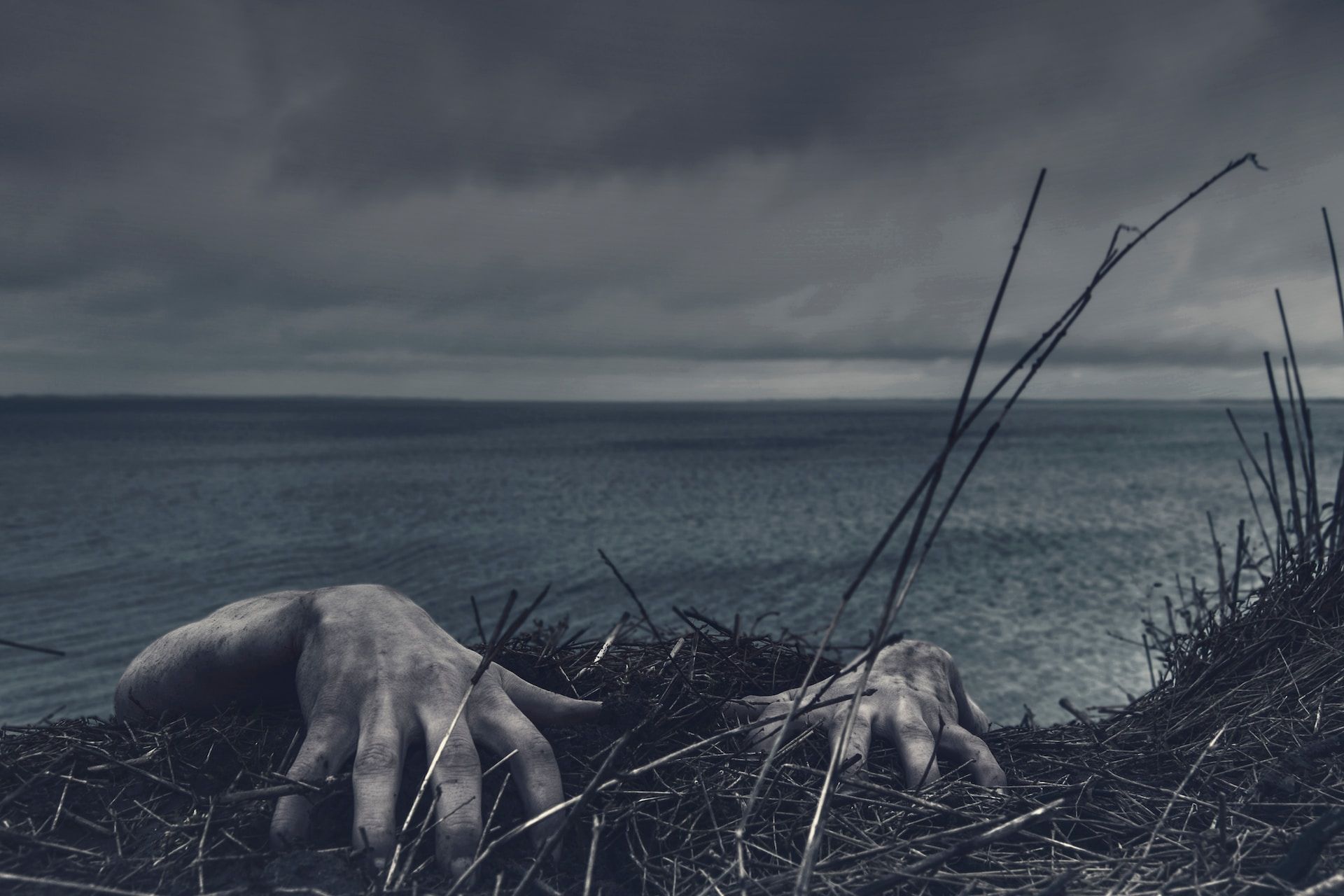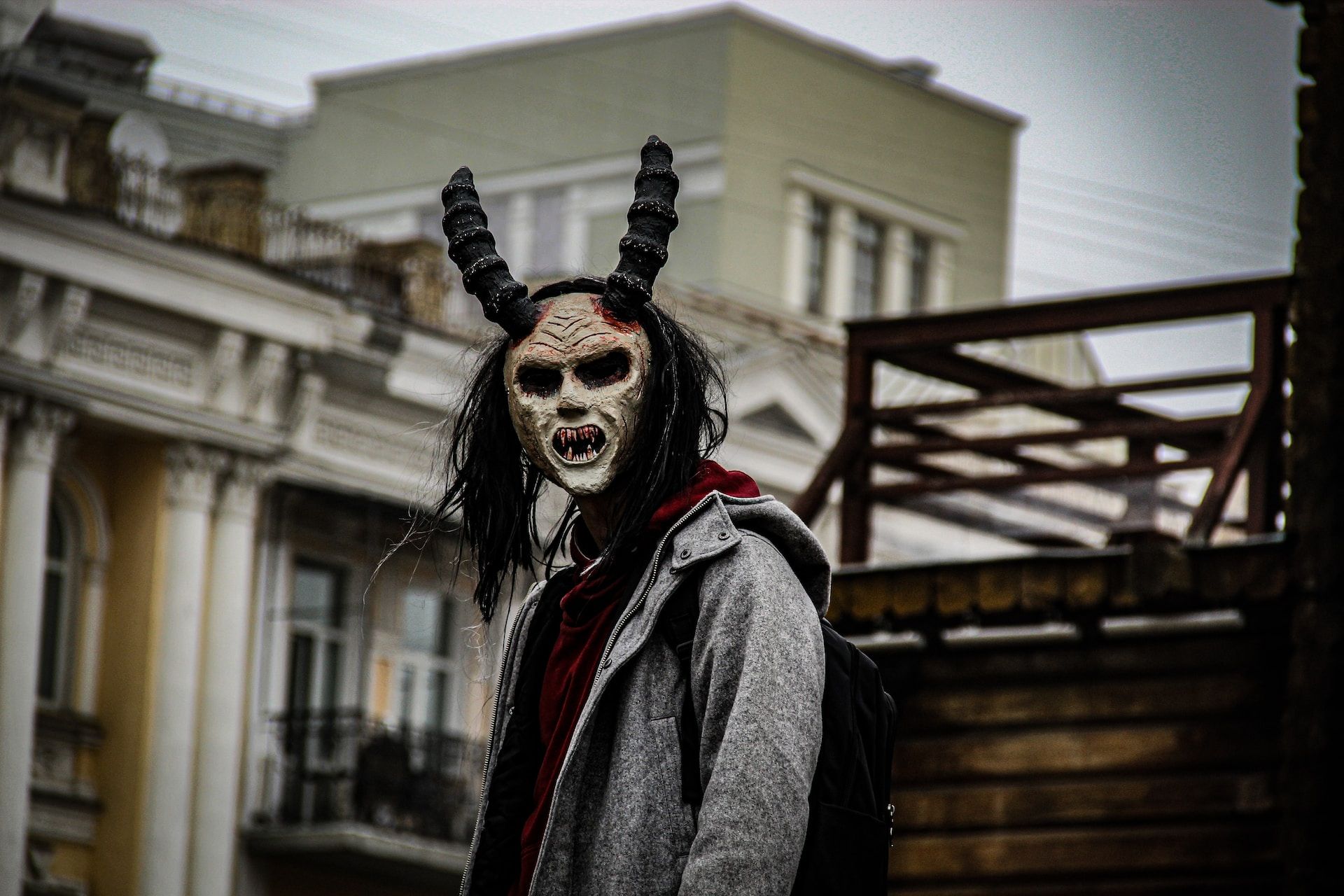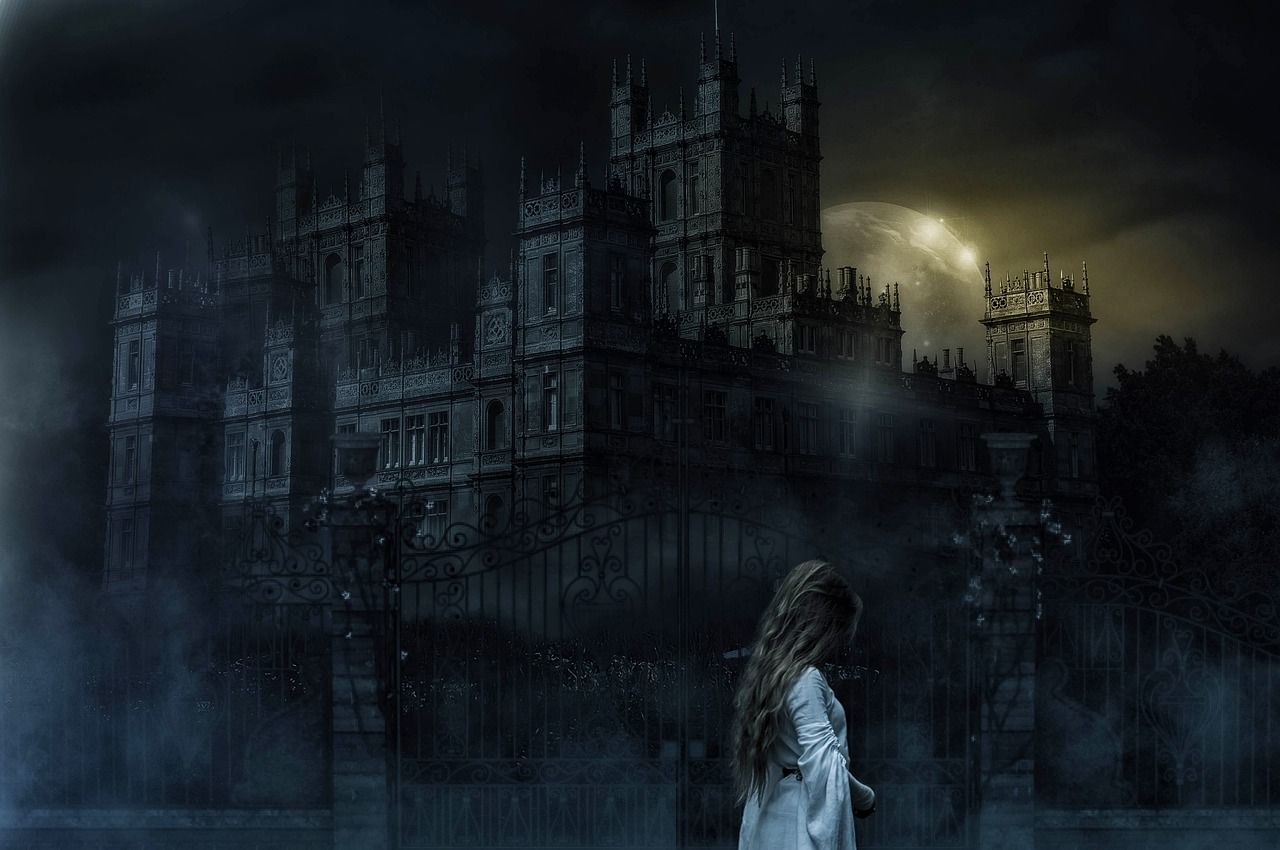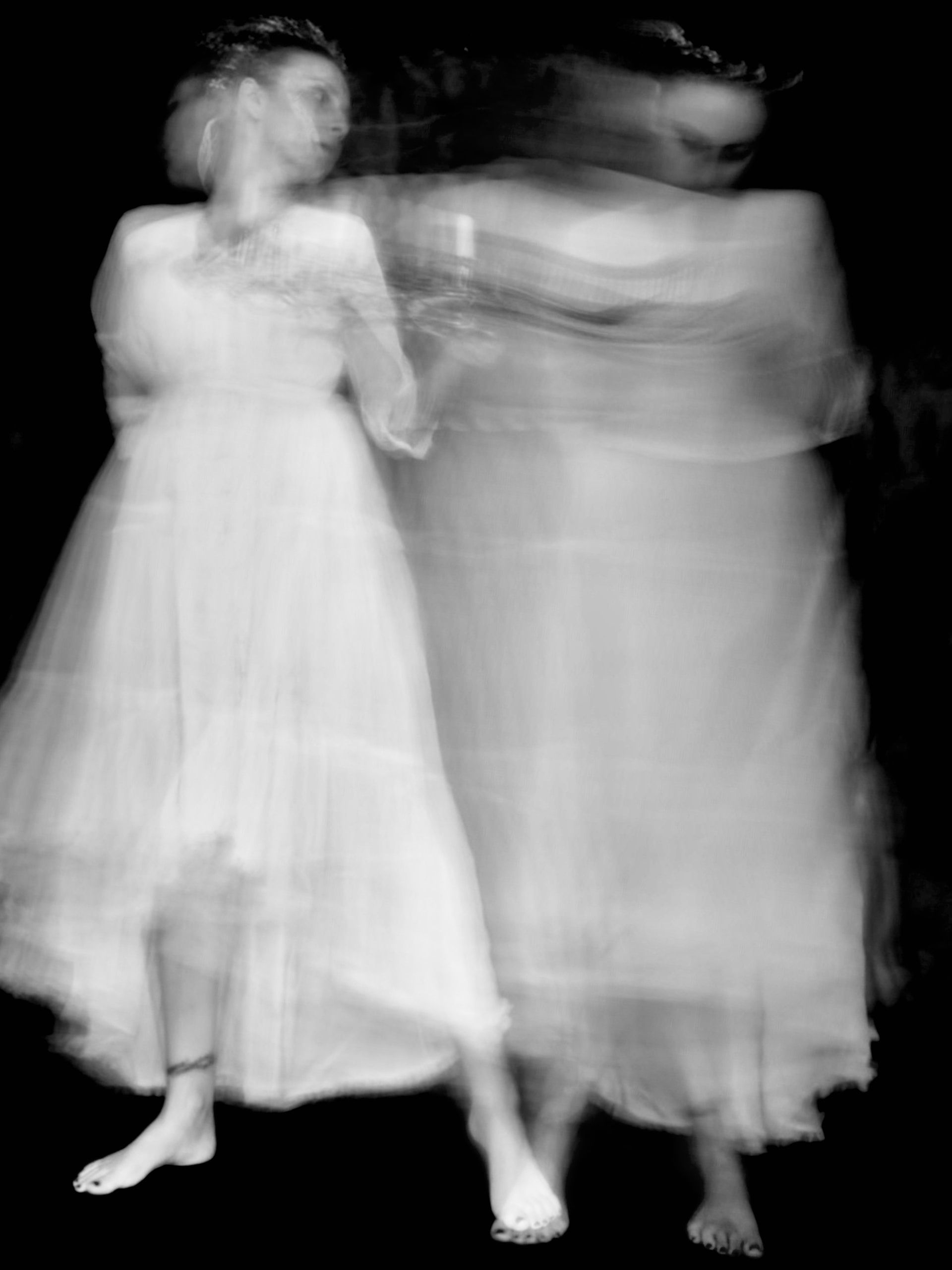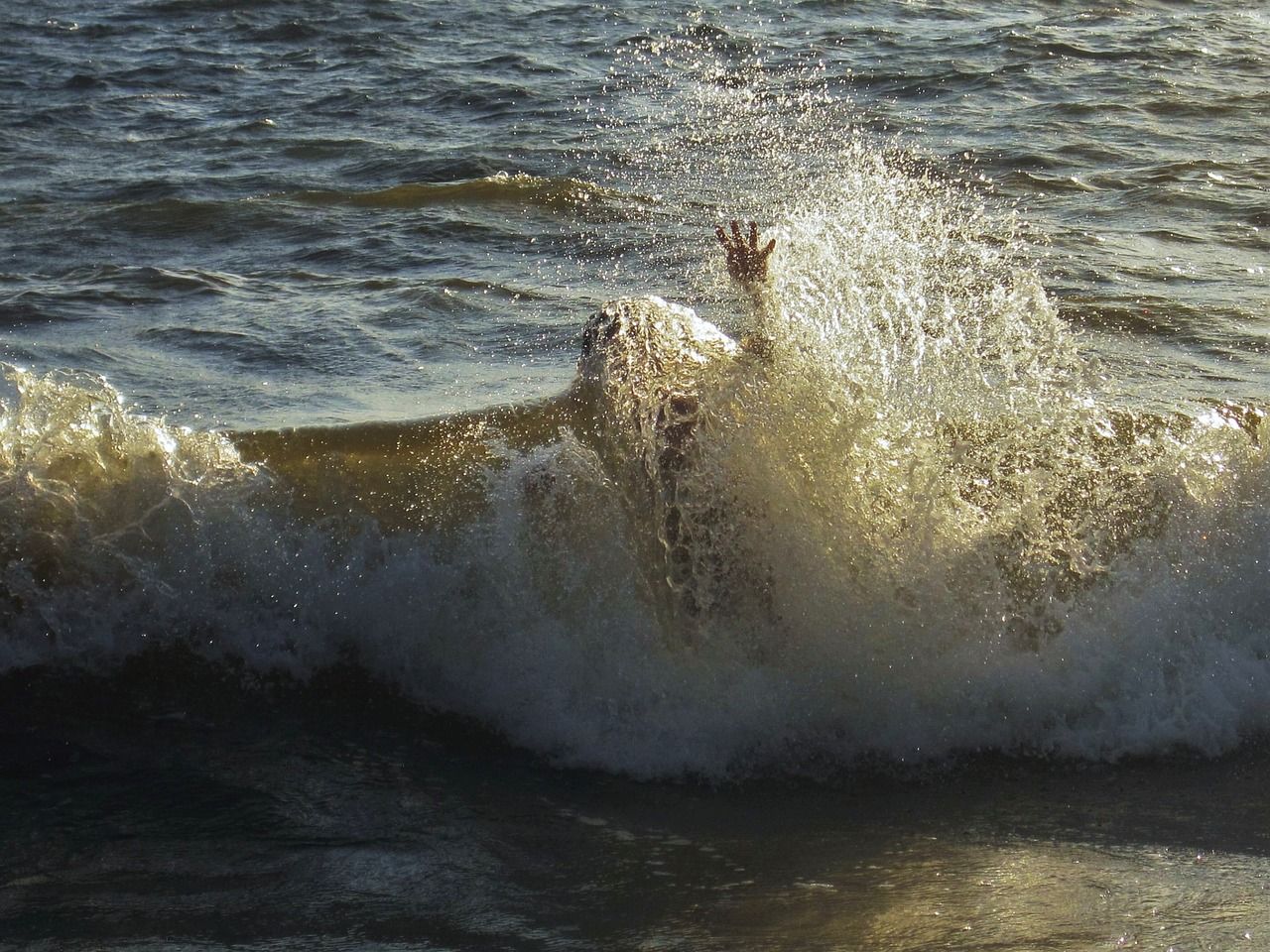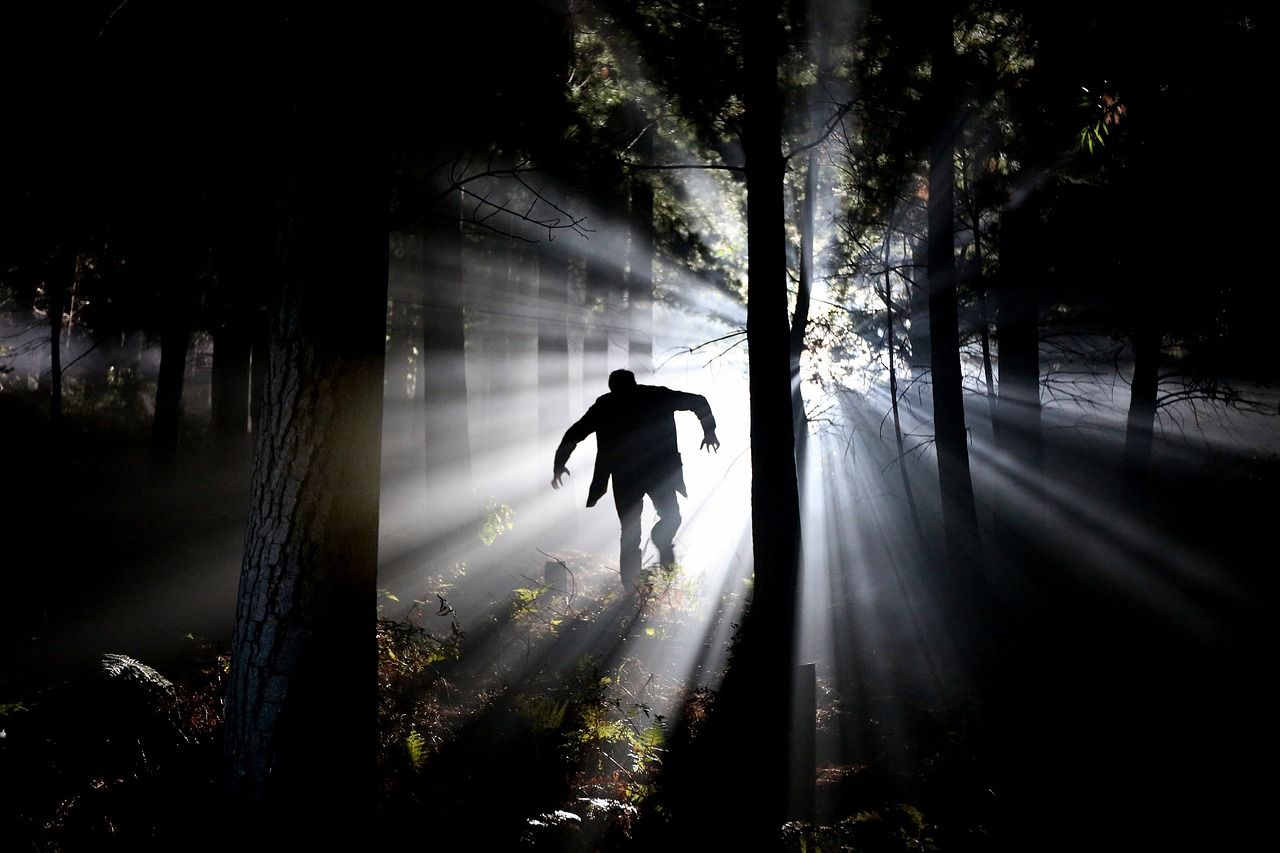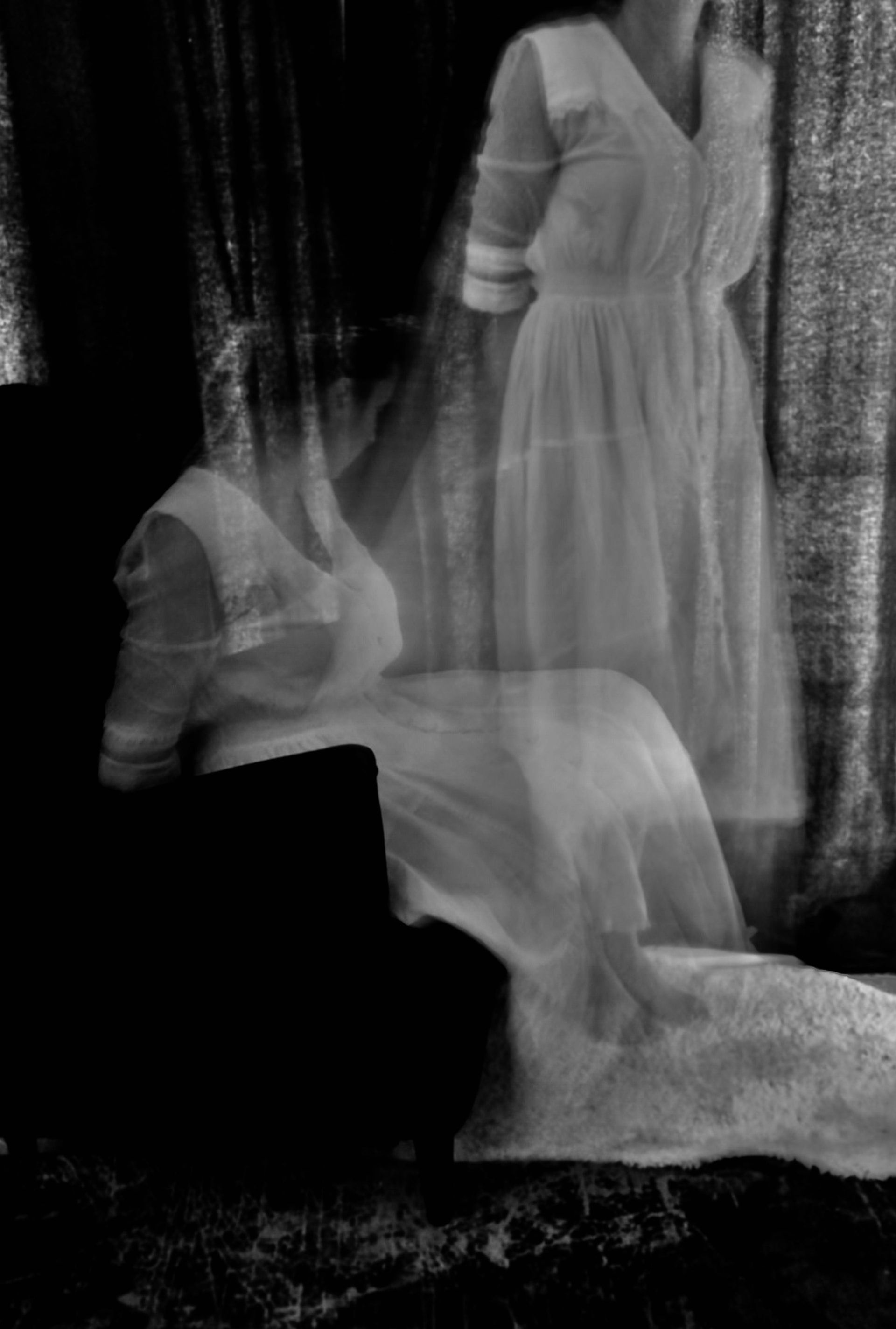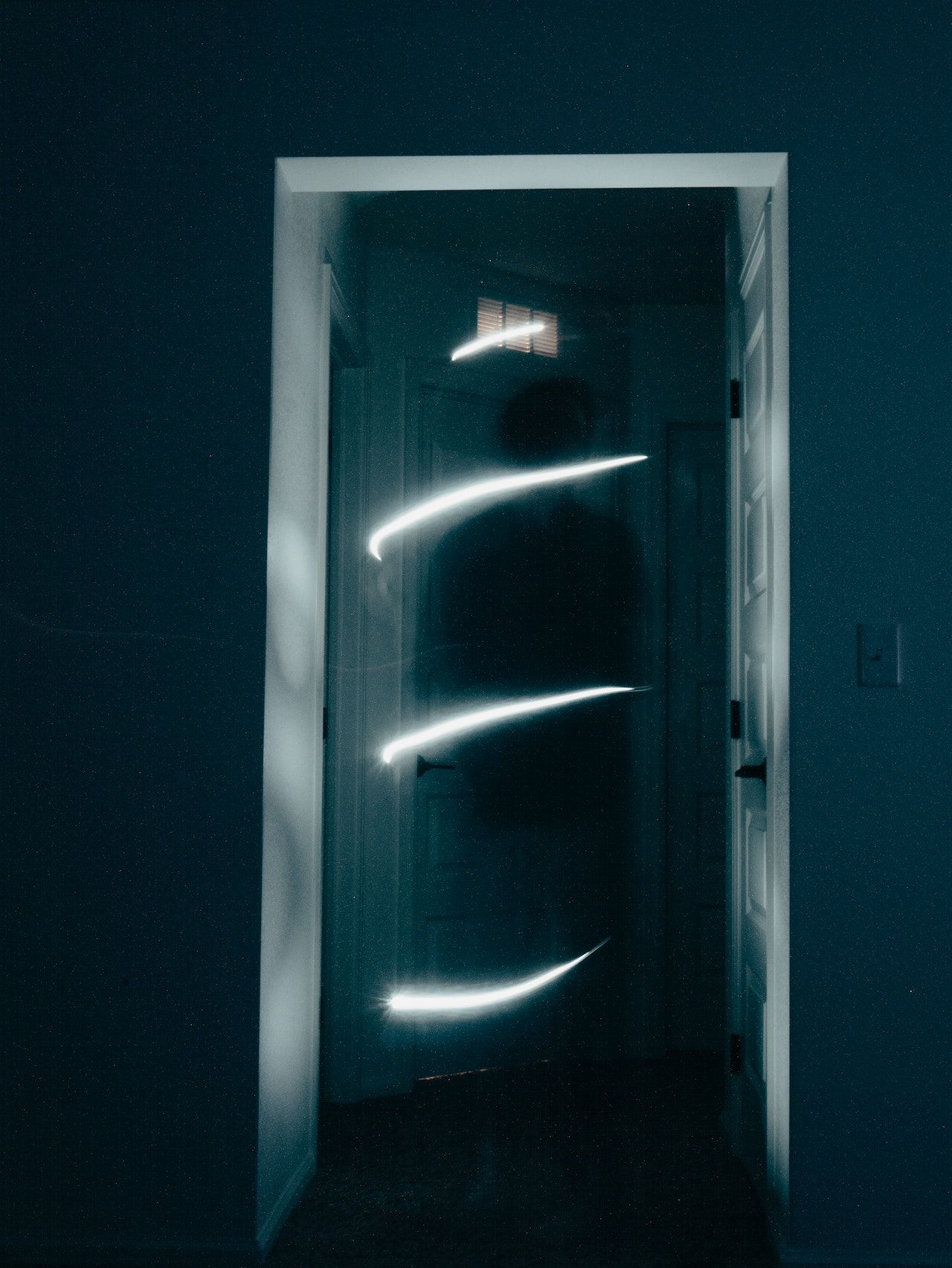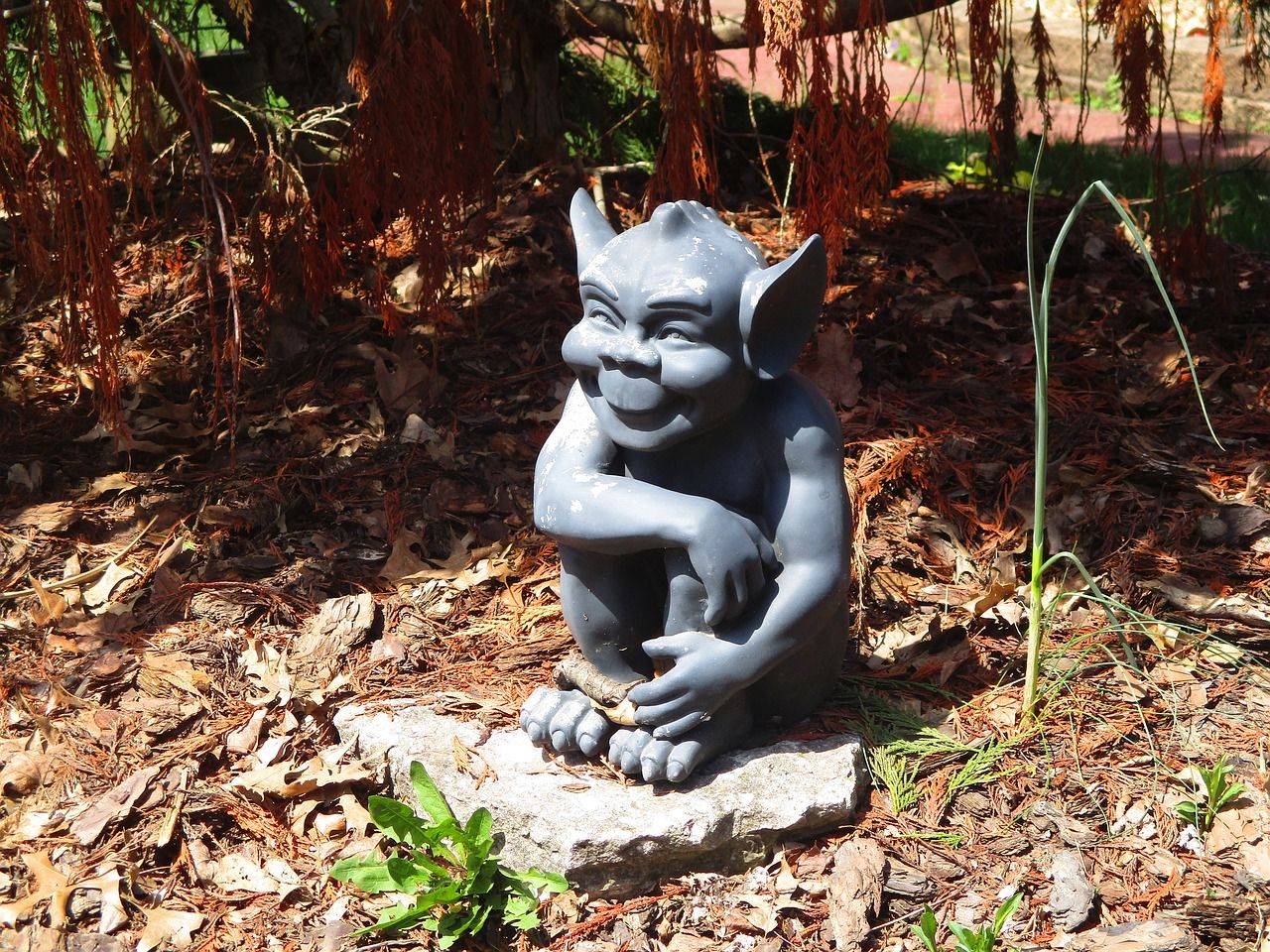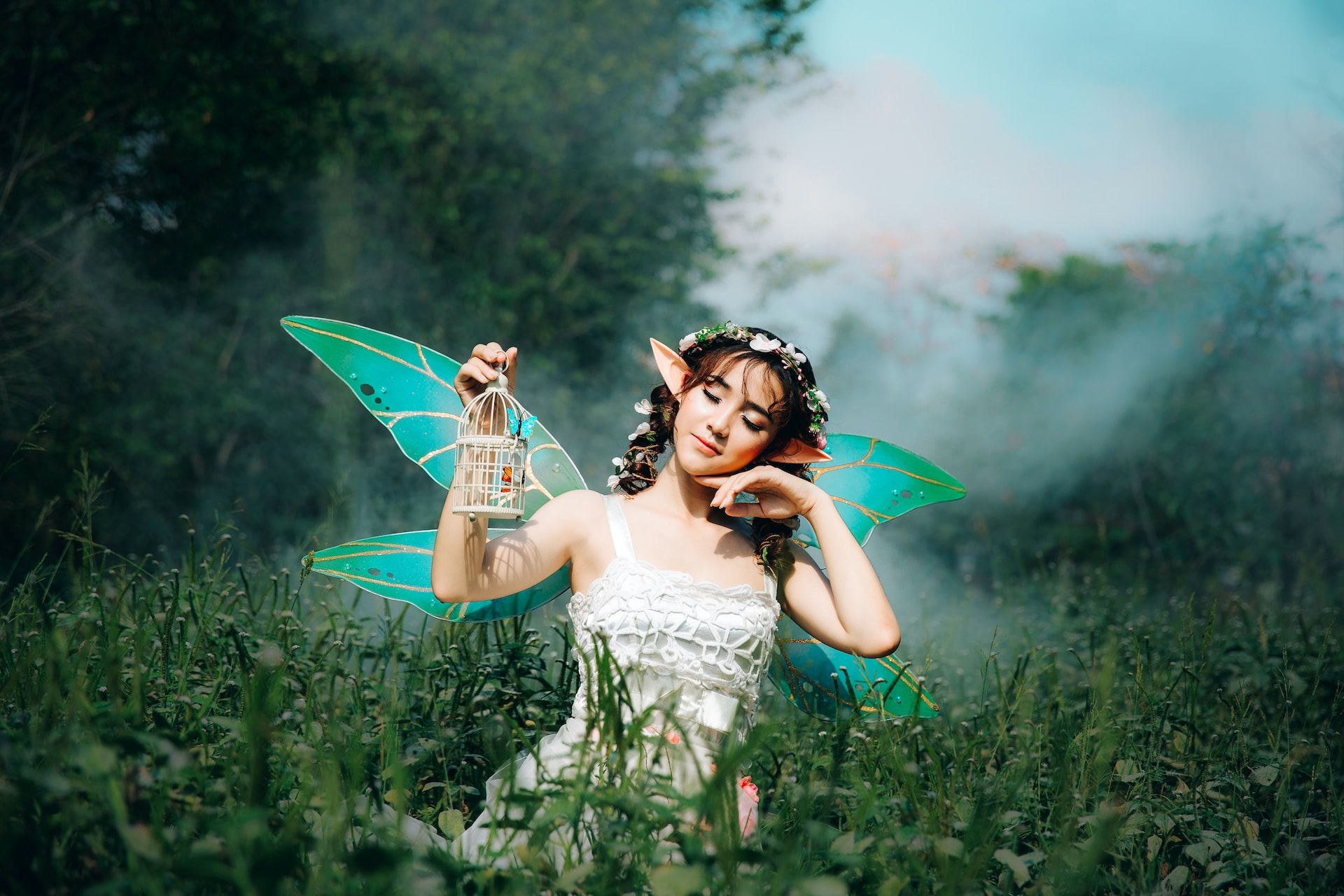Read update
- 16 Folktales To Keep You Up At Night
Summary
- Papa Legba in New Orleans is believed to be a connection between the living and the deceased in Voodoo culture—beware of meddling with him.
- Skinwalkers in the Appalachian Mountains are tall creatures that mimic human voices, lure you into the woods, and eat you—stay safe and call the police if you hear cries for help.
- La Llorona in Mexican mythology is a vengeful ghost who steals children at night—beware of wandering alone in the dark near water and run if you hear her wails.
The mythology and folklore of a particular destination can end up telling us a lot about the values and beliefs of the local people. While some folk tales are positive stories, many usually have an element of horror, originally told to instill fear into children and teach them the ways of the world.
Though modern people tend to be more skeptical than our ancestors, many still believe the myths and legends passed down for generations. Travel to any given country, and you’ll find locals who really do believe in their culture’s versions of vampires, bogeymen, and other entities. Check out these folk tales from around the world that locals actually believe.
UPDATE: 2023/10/27 13:54 EST BY NOAH STAATS
16 Folktales To Keep You Up At Night
This article has been refreshed with two new folktales people believe, with Papa Legba and skinwalkers throughout the Appalachian Mountains. Whether someone thinks of these stories as true or false, or they're indifferent, we can't help to feel the little hairs on the back of our necks stick up. Have fun, and stay SAFE.

10 Places You Can Visit With Urban Legends
The best way to experience an urban legend is to explore it first hand. These spooky travel destinations are not for the faint of heart.16 Papa Legba Down In New Orleans
- A southern legend who communicates between the living and dead.
One of the South's more known folktales is that of Papa Legba, a voodoo king down in New Orleans. He is said to be a connection between the living and the deceased, with people calling upon him to ask for things and take care of vengeance. Although often depicted as evil, many who practice voodoo believe Papa Legba isn't all bad. If you need something, he'll ask for something else in return. Much of the time, it's the person's soul or an Earthly possession. Shows like American Horror Story and even the Disney movie Princess and the Frog have covered him in different lights, with the overall message being: Leave Papa Legba alone.
New Orleans is home to many haunted hotels and spaces, so it's best to be wary when headed to that Southern city.
15 Skinwalkers In The Appalachian Mountains
- Skinwalkers are said to mimic human voices and lure you out into the woods.
Another more frightening folktale that has been around in the Appalachian Mountains for decades is the idea of skinwalkers. Said to be incredibly tall and able to mimic the sound of a person, these creatures lure people out into the woods and eat them. Skinwalkers have long been a point of horror for people traveling and living in the remote woods of US states, especially in the Appalachian Mountain range. More disturbingly, some users on social media have claimed to have seen skinwalkers in their neighborhoods and running wild through mountainous regions.
If someone is ever in these mountains and hears someone calling for help, it's best to lock the doors, call the police, and hope it all works out. These Appalachian spooks may also be worth it for those wanting an adrenaline rush.
14 La Llorona In Mexican Mythology
- La Llorona is said to steal children at night throughout South America.
No creatures are as popular in folk legends as scorned women whose lives took a sad turn after a fit of rage and jealousy. According to legend, La Llorona is the ghost of a lady named Maria who, upon seeing her husband with another woman, drowns her children and herself in a river. Unable to enter the afterlife, the spirit of Maria is believed to still roam the earth in a state of purgatory.
Kids are warned from an early age that La Llorona may mistake them for her drowned children if they wander out alone in the dark near a water body. La Llorona is also particularly malevolent towards lone men and cheating husbands. Children and men or not, however, the Mexican mythical tale warns that if anybody hears a drenched woman in white clothes wailing, it can only mean one thing: run.
- La Llorona has been spotted everywhere, from Isla de la muñecas (Island of the Dead Dolls) in Mexico to the Woman Hollering Creek in Texas. Her favorite haunt, however, seems to be Arizona as several scared victims swear to have seen La Llorona near the banks of Rio de Flag and San Pedro River as well as Launa Canyon.
13 Yeti In The Himalayan Region
- Bigfoot takes on many appearances and is said to linger in North American forests.
There are several things that a first-time climber of the Himalayan mountain range is warned about bone-chilling temperatures, the risk of avalanches, the importance of hiking equipment, and the likelihood of an encounter with a yeti, a version of the American Bigfoot that terrorizes the sherpas living in the region.
Folk legends of the sherpas describe yeti as a huge ape-like creature that wanders deep in the Himalayan mountain range across India, Bhutan, Tibet, and Nepal. The creature is said to be able to walk on two legs, is covered in white hair, and happens to be several times larger than a human.
In a strange case of events in 2019, mountaineers of the Indian Army tweeted a photo of footprints measuring up to 32 x 15 inches in the snow near the Makalu Base Camp, claiming that those mysteriously large footprints could only be that of a yeti.
12 Jiangshi In China
- Jiangshi is much like vampire theories in the US, haunting China since the Qing Dynasty.
Many cultures worldwide have their own versions of the walking undead, better known as vampires. In China, their equivalent to the vampire is the Jiangshi, a creature that is sometimes referred to as a hopping vampire due to the way that it hops around with its arms outstretched.
A folk tale haunting China since the Qing Dynasty, the story goes that the Jiangshi has the power to take a human life with just one touch. According to Little Things, to protect themselves from the reanimated corpses, Some Chinese put a slab of wood at the bottom of the door, so the creatures can’t come into their homes.
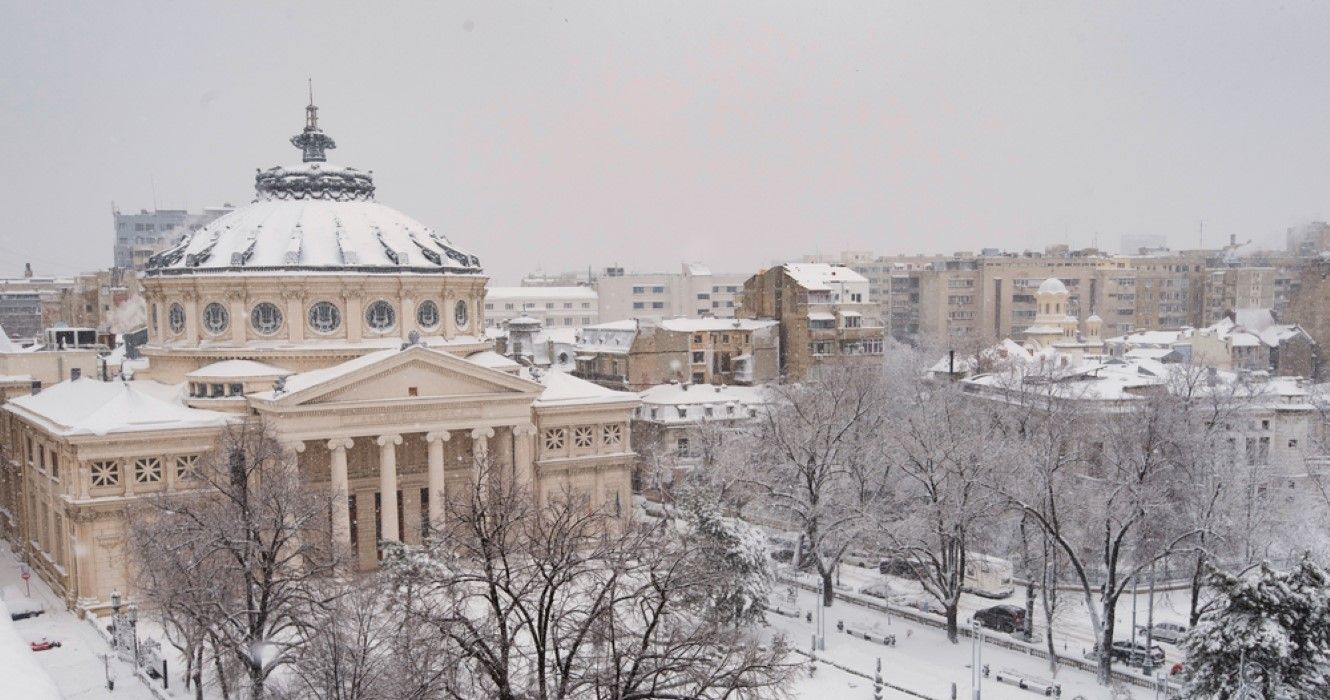
Real-Life 'Vampires' Did Exist, And This Is What Happened To Them
Their stories are a lot more tragic - and twisted - than anything you could ever read in literature or see on film.11 Jasy Jatere In Paraguay
- Jasy Jatere is a bogeyman figure, often appearing for children to scare them.
Another common folk tale that we see in many cultures throughout the world is that of a bogeyman figure. Such stories of evil men or creatures are intended to scare children into behaving. In Paraguay, there’s the tale of Jasy Jatere.
In some versions recorded by Invaluable, he’s a short man. In others, he’s a child. But his goal is to search the streets during the siestas for children who are up playing instead of taking their naps. Some believe that he kidnaps the children and gauges their eyes out, so they can’t see their way back home.
Jasy Jatere is one of the seven cursed children of the evil spirit of Tau in Gurani mythology. His siblings include Luison (the lord of death), Ao Ao (a monstrous creature), Kurupi (the god of sexuality), the terrorizing snake-like figures Mbói Tu'i and Moñái, and Teju Jagua, who has the body of a lizard and seven dog heads.
10 Näkki In Finland
- This is a water spirit based in Finland, mainly grabbing kids who lean too close to the water.
Water spirits are also found in mythology and folklore from around the globe, from the countries of Europe to the Indigenous legends of Australia. Finland’s resident water spirit is said to be called Näkki. From a young age, children in Finland are taught that if they lean too close to bodies of water such as lakes and ponds, the water spirit will emerge and drag them in. There are several depictions of Näkki, though nobody knows what the creature really looks like. You might just have to visit a few ponds in Finland to find out!
9 Mahaha In Inuit Mythology
- Inuit people believe in a creature called Mahaha, a demon who preys on humans.
The Inuit people tell of a creature called Mahaha, who is essentially a demon preying on humans. He attacks by tickling his victims to death, so when a person was found dead with a hint of a smile on their face, Mahaha was immediately thought to be responsible.
The demon is described as having cold blue skin and long, clawed fingers with stringy hair. Just in case that isn’t creepy enough, he is also said to wear a permanent grin. Though he has the power to kill his victims by tickling them, Wanderlust reveals that he’s not the most intelligent creature.
8 Skogsrå In Sweden
- This Swedish folktale involves a beautiful woman who captures people in the woods.
Sometimes evil creatures from folk tales appear hideous enough to evoke nightmares. Other times they appear impossibly beautiful, and you don’t know that you’re dealing with an evil entity until they reveal their true colors, and it’s too late. Such is the way of Skogsrå.
The Swedish tale claims that the creature takes the form of a beautiful woman and is often seen near the edge of a forest. She lures people into the trees and then casts a feeling of disorientation over them. After falling victim to the woman, you spend the rest of your life lost in the woods.
7 Baba Yaga In Russia
- This is one of the more famous Slavic folktales, with Baba Yaga being an older woman who steals children in the woods.
One of the most famous figures in Slavic lore, Baba Yaga, is usually depicted in the same way. The witch resembles an elderly woman who lives in a hut nestled deep in the forest and stands on giant chicken feet. Rather than using a broom to fly around, she uses a mortar and pestle.
Sometimes, Baba Yaga likes to eat small children. But she’s not always evil. There are some stories of people seeking her out to ask her questions, though there’s a chance that she won’t help them. According to Little Things, she is said to despise the “Russian smell” of people who come to see her.
6 Bunyip In Australia
- The Loch Ness Monster began in Scotland, although many other people across the globe have said to have witnessed it.
Australia’s answer to a cross between the Loch Ness Monster and Big Foot, the Bunyip is said to dwell in the billabongs and creeks of the outback. Indigenous Australians warn that anybody who is foolish enough to wander too close to these bodies of water risks being gobbled up by the creature.
The actual appearance of the Bunyip has been debated. Some reported sightings claim that the creature resembles a giant seal with fangs, tusks, and the face of a dog. Others say it looks like a horse with flippers.
- While sightings of the Bunyip have been reported all over the swamps of Australia, the roaring sound of the Bunyip has most frequently been heard in Victoria, New South Wales, and South Australia.

10 Scary Places In Australia (& The Stories Behind Them)
Australia has a dark and grim past, so it is not surprising the history behind many places is terrifying.5 Tokoloshe In South Africa
- This creature is said to be a beast who jumps high and steals your breath away while you're sleeping.
The mythical creature known as Tokoloshe is said to be short, but the Zulu tribes of South Africa are still afraid of it. Though the beast doesn’t have height on its side, it can jump to great heights. The stories tell that Tokoloshe likes to jump up onto people’s chests while sleeping and steal their breath away at night.
There’s one method of protection against the creature, and that’s to put your bed on high bricks. The Zulu people believe that if their beds are raised too high, the malevolent beings can’t hop onto their chests and do their work.
The South African serial killer Elifasi Msomi (The Axe Killer), who was responsible for the murder of 15 people between 1953 and 1955, claimed that he was under the influence of Tokoloshe.
4 Banshee In Ireland
- The Banshee is said to take a woman's form and foreshadows death.
Perhaps the most famous figure in Irish folklore, the Banshee, is said to take the form of a woman. In some tales, she’s young and gorgeous with long white hair. In others, she’s an old woman with rotting teeth. Either way, coming across a Banshee isn’t a good sign.
This creature is said to foreshadow death. Even though she doesn’t cause death herself, she announces that death is nearby, releasing a haunting wail. So it’s definitely not good luck to stumble upon her while roaming the Irish countryside.
According to Irish folk legends, the banshee can only cry and foreshadow death for the five major Irish families: the O'Briens, the O'Connors, the O'Neills, the O'Gradys, and the Kavanaghs.
3 Black Annis In Celtic Mythology
- The Black Annis comes from England, essentially being a lonely cave-dweller who has blue skin and claws.
The legend of Black Annis is said to come from Leicestershire in England, though there are variations of the tale all over the British Isles. Sometimes called Black Annis and sometimes called Black Agnes, the hag from the story is said to dwell in a lonely cave in the countryside. She is depicted as having iron claws and blue skin.
Of course, Black Annis’s favorite meal is for small children. Her howl is loud enough to be heard for miles, as is the sound of her grinding her teeth. People in Leicestershire often lived in cottages with small windows for fear that the witch would reach inside and snatch them.
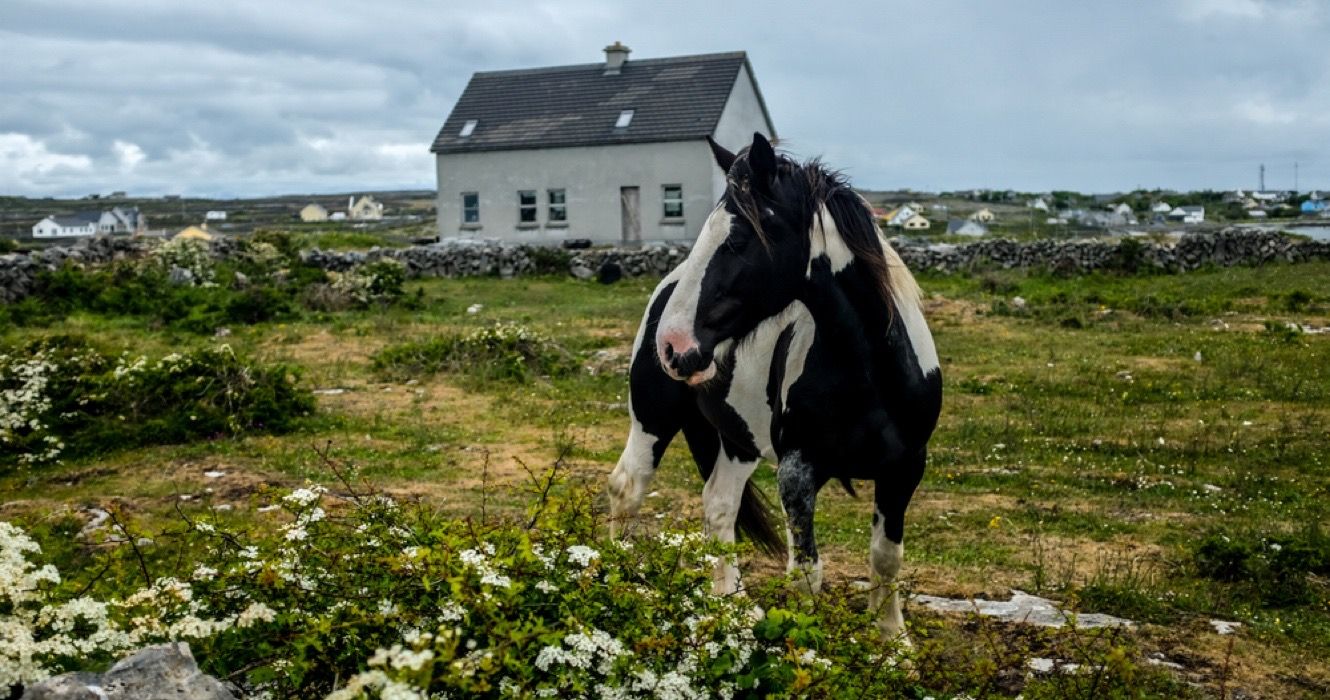
Visiting Inishmore: See Where 'The Banshees Of Inisherin' Took Place
Shout out to The Banshees Of Inisherin fans to visit the jaw-dropping movie set!2 Bake-Danuki, The Mischievous Japanese Mythical Creature
- Bake-Danuki is said to have an evil yet cheerful personality: a shapeshifter.
This mischievous yōkai is not inherently evil with its cheerful and jovial personality. However, it does get a great deal of pleasure from using its strong shape-shifting powers to prank travelers into stealing their money for the fun of it.
It is often associated with the Japanese raccoon dog or tanuki. This supernatural animal makes its earliest appearance in Japanese literature in the chapter about Empress Suiko in the Nihon Shoki, written during the Nara period. Their powers include shape-shifting and possessing humans.
1 Acalica From Bolivia
- Acalica are not super dangerous, although they are believed to control weather/nature.
These fair-tempered creatures are not overly dangerous. However, they are unique because they are known as weather fairies and are said to be able to control the weather. They mostly dwell in caves and generally do their best to avoid people. However, if they are encountered by people, they often appear as wizened men. Treat them well if you want your travel with pleasant weather.

